To care for the environment and promote sustainable tourism, the first electric bus will be introduced for travelers in the Riviera Maya.

The bus can hold 80 people in total, with 34 seated. It can travel over 180 miles per charge and hit speeds up to 50 miles per hour.
Additionally, the bus is specially made for Mexican roads and is resistant to weather conditions in Quintana Roo.
The initiative was announced to a room of special guests and the Xcaret Group, a Mexican corporate group dedicated to developing sustainable tourism in the country.
Using European technology, Mexican manufacturers could manufacture an electric bus in Mexico for the first time.
This bus will be one of only four electric buses in the world. Malaysia and Australia have one each, and Mexico has two. However, only one will be used in Playa del Carmen.
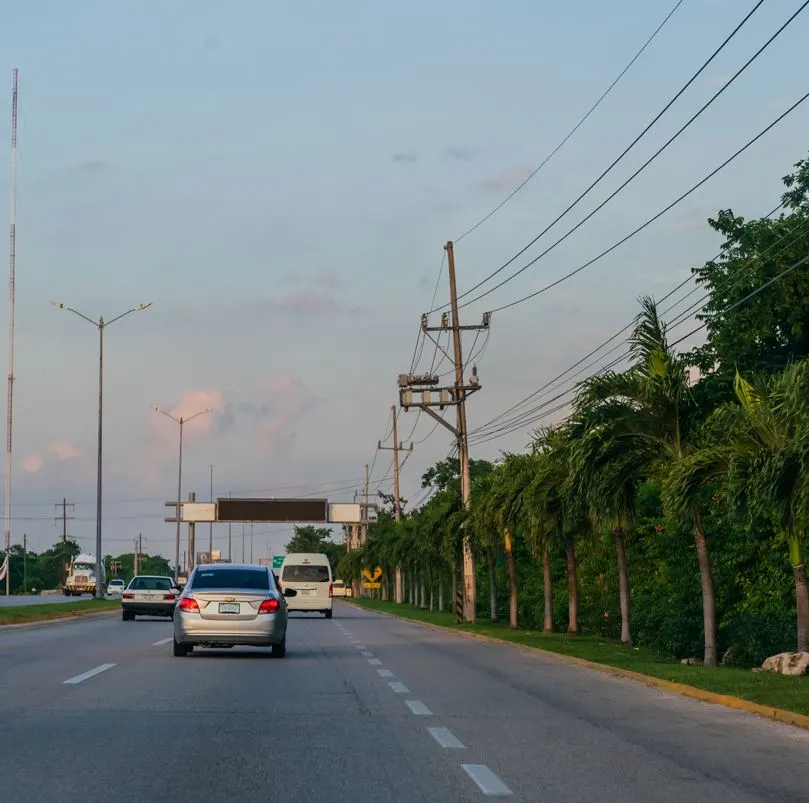
This week, the Playa del Carmen’s electric bus will become the first of the 4 to begin operation.
In the coming years, Mexico hopes to have 20 electric buses nationwide.
Sustainable Tourism In The Maya Riviera
In recent years, sustainable tourism has been top of mind for tourists, industry officials, and government figures.
Top 5 Travel Insurance Plans For 2023 Starting At $10 Per Week
Easily Earn Points For Free Travel
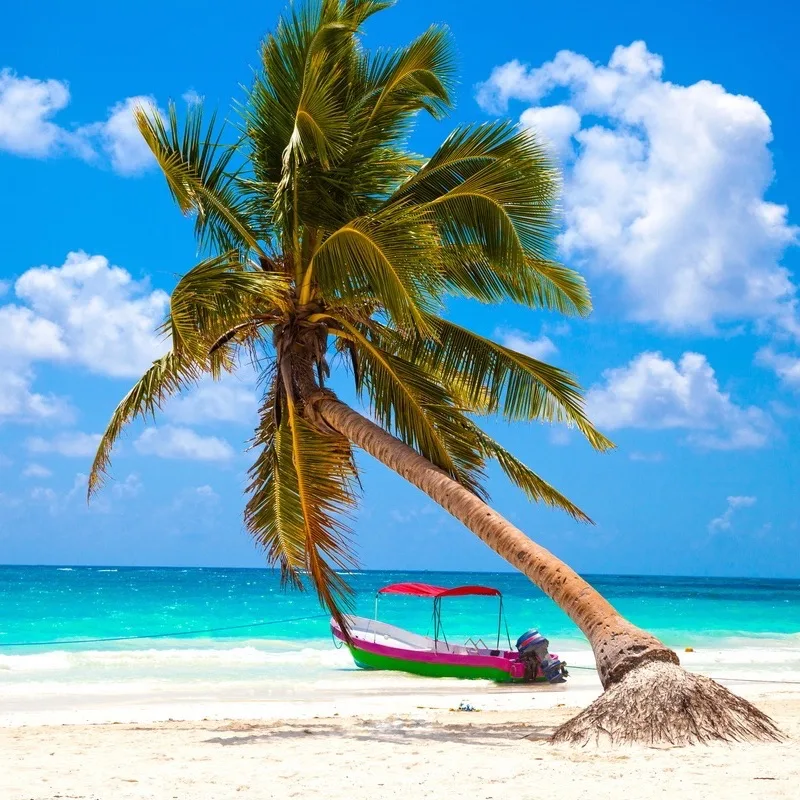
The money brought in by tourism contributes to economic growth in the Maya Riviera but is not without its side effects.
Despite challenges, many people are working hard to ensure that tourism in the Maya Riviera is sustainable and contributes to improving its communities and environments.
Let’s look at some of the sustainability issues in the Mexican Caribbean and what is being done about them.
Water Shortages
One of these side effects was on display recently when the Mexican Caribbean island experienced blackouts and water shortages due to high levels of tourism.
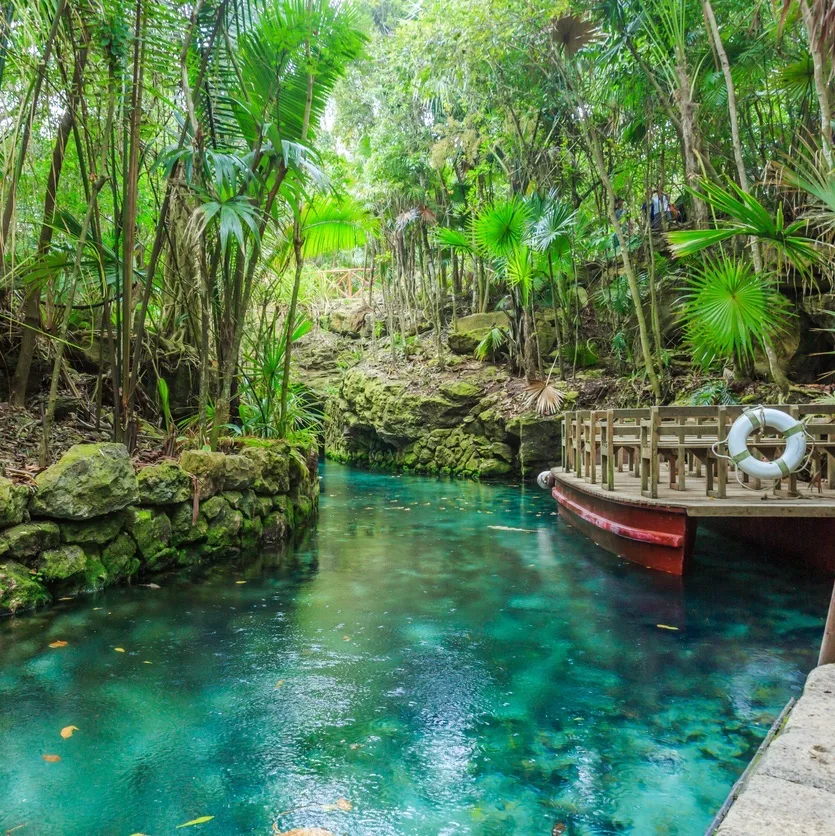
Because of its size, Holbox is particularly vulnerable to shocks from over-tourism. This year, as people piled into the small island, the infrastructure could not hold the crowds.
Much of the island experienced low water pressure throughout the busy Easter holiday.
According to the United Nations, over-consumption of water is a common problem in areas with high tourism.
Since tourists tend to consume much more water than locals, sudden increases in tourism can create a shock that is hard for communities to overcome.
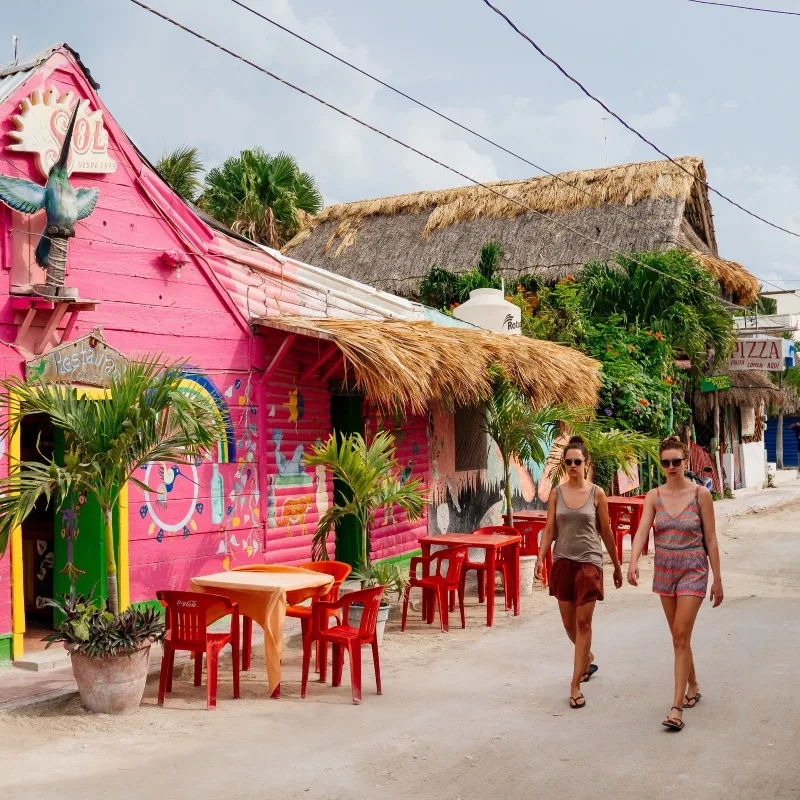
Luckily, there are simple actions that travelers can take to practice responsible tourism.
Much of the water tourists use is the result of hotels washing towels and bed sheets daily. By opting out of daily room keeping, tourists can help conserve local water resources.
Sargassum
In the last decade, sargassum, a foul-smelling, floating seaweed, has emerged as a significant problem on beaches throughout the Gulf of Mexico.
While it used to be a minor disturbance, recent years have seen record levels of seaweed washing up onto beaches, with numbers continuing to increase.
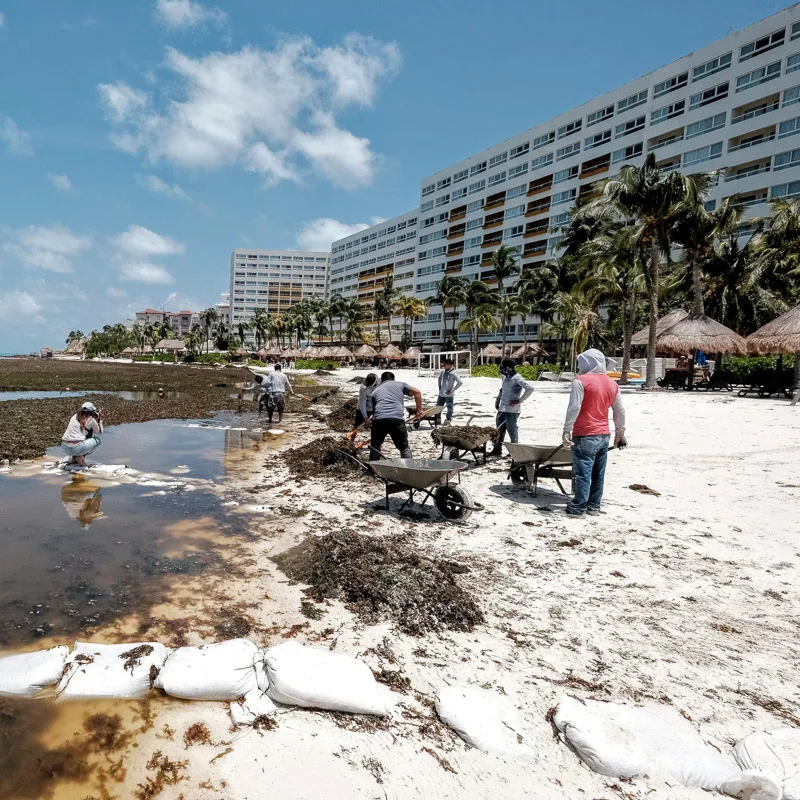
According to Brian Lapointe, a research professor at Florida Atlantic University who has been studying sargassum for over 40 years, the increase in sargassum results from higher nitrogen levels in the Gulf of Mexico.
Agricultural fertilizers and animal waste are washed into rivers by rain and transported into the ocean, creating the perfect habitat for sargassum to grow.
While the best way to combat sargassum may be to tackle pollution inland, Mexican authorities are doing what’s in their power to prevent the seaweed from reaching their beaches.
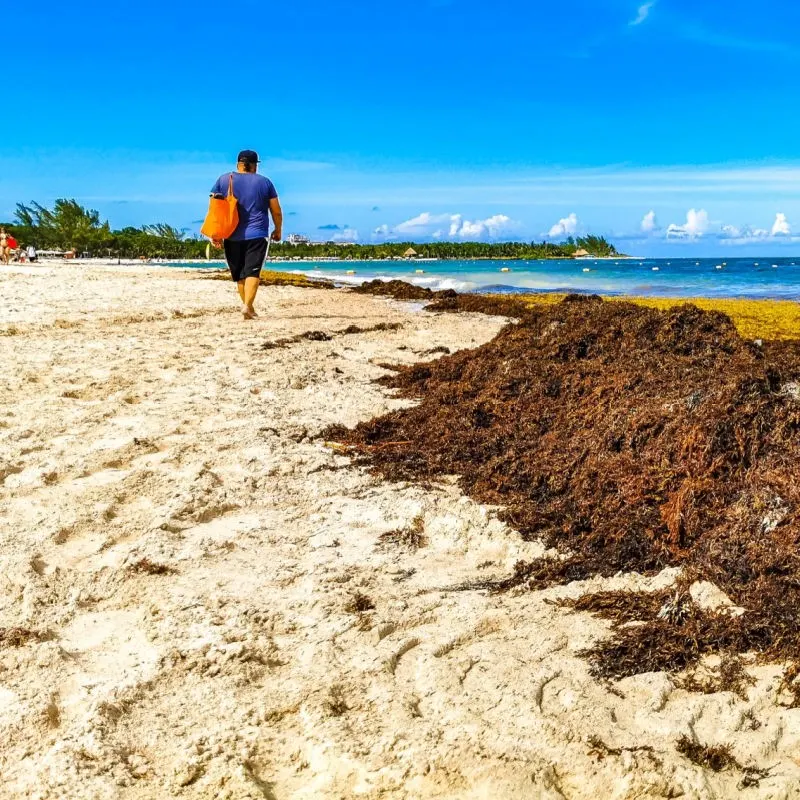
The Mexican Navy has been hard at work installing anti-sargassum barriers in the waters surrounding the beaches of Quintana Roo.
In addition to installing barriers, the Riviera Maya Hotel Association hopes to turn trash into treasure.
They have launched a $100 million project hoping to convert the sargassum from their shores into biofuel.
Antonio Chaves, head of the Riviera Maya Hotel Association, is optimistic about the future, saying the hotels “have a range of resources to fight against sargassum seaweed” and that international partnerships will make success possible.
Plan Your Next Cancun Vacation:
Traveler Alert: Don’t Forget Travel Insurance For Your Next Trip!
Choose From Thousands of Cancun and Riviera Maya Hotels, Resorts and Hostels with Free Cancellation On Most Properties
↓ Join the community ↓
The Cancun Sun Community FB group has all the latest travel news, conversations and tourism Q&A’s for the Mexican Caribbean
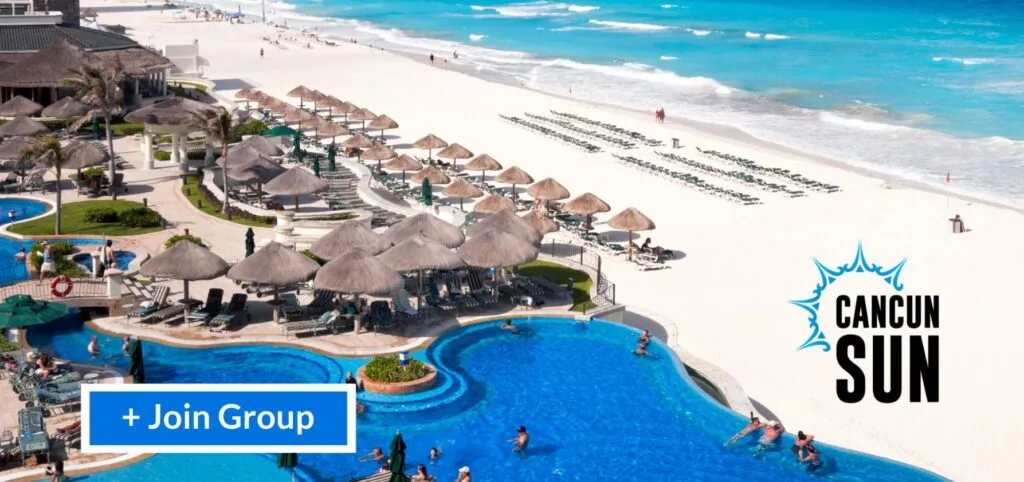
Subscribe to our Latest Posts
Enter your email address to subscribe to The Cancun Sun’s latest breaking news affecting travelers, straight to your inbox.
